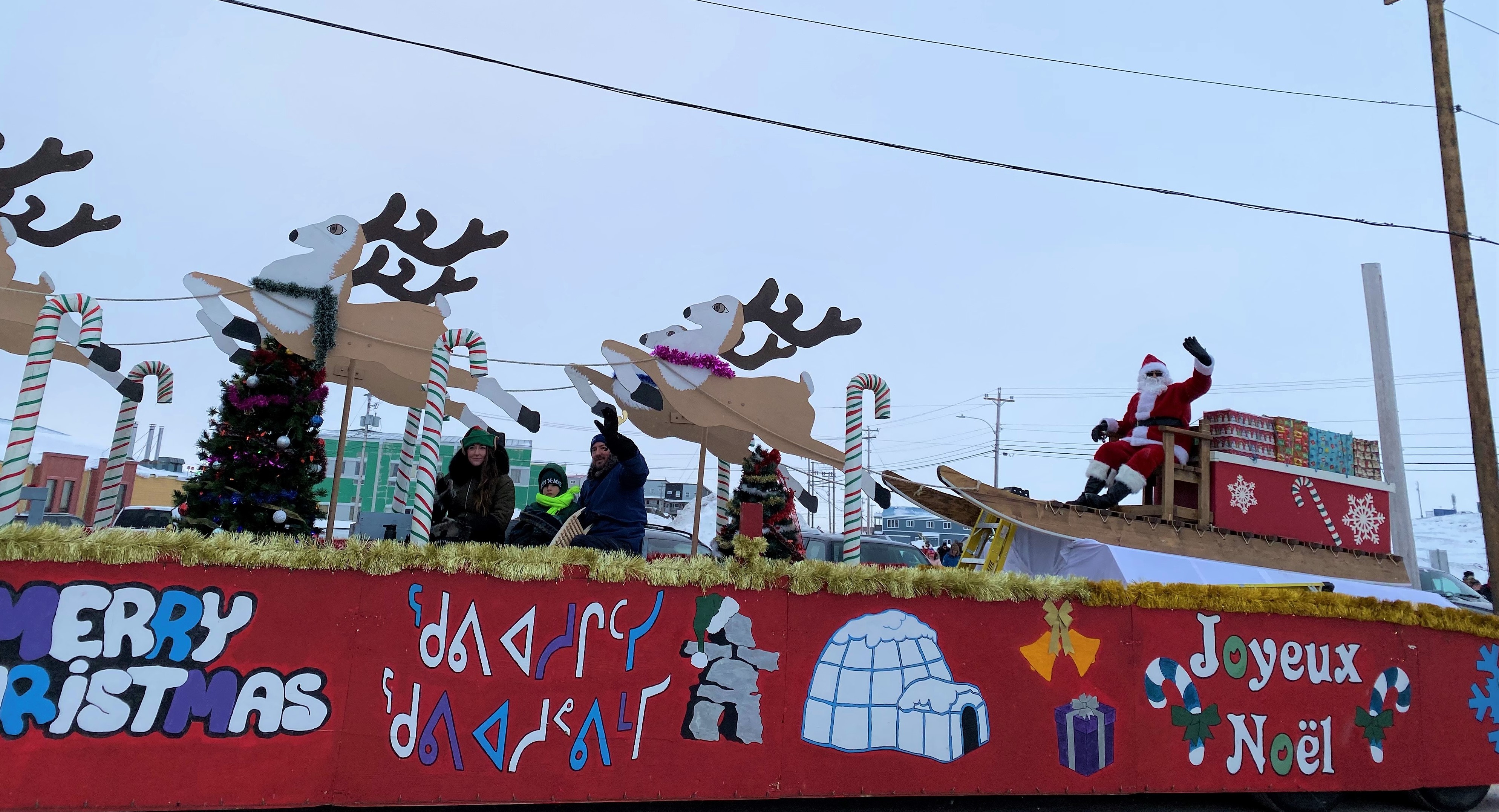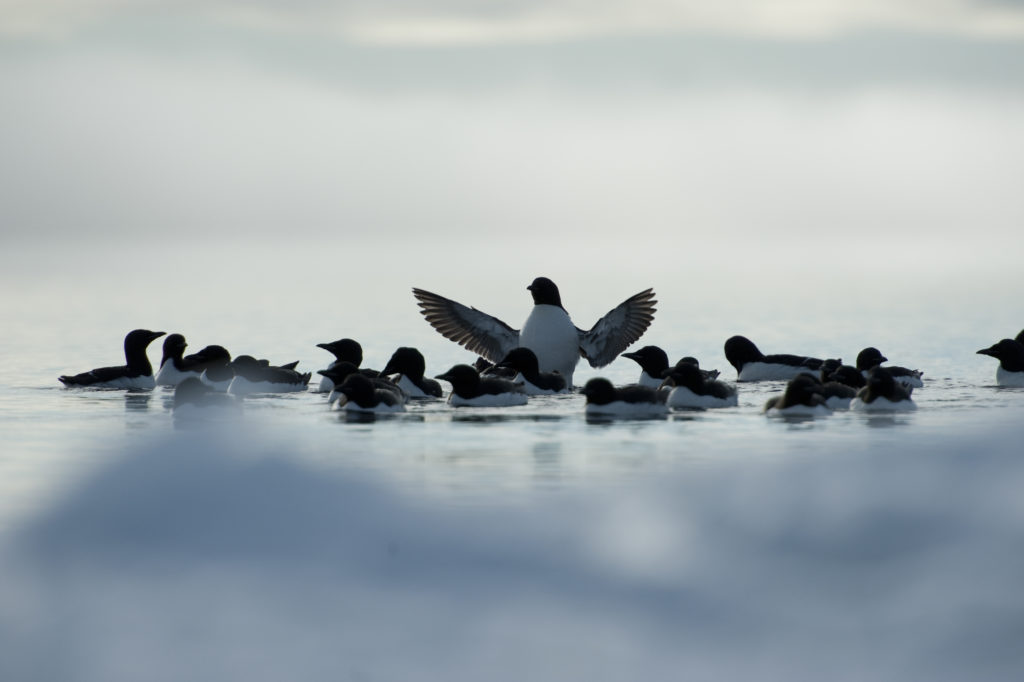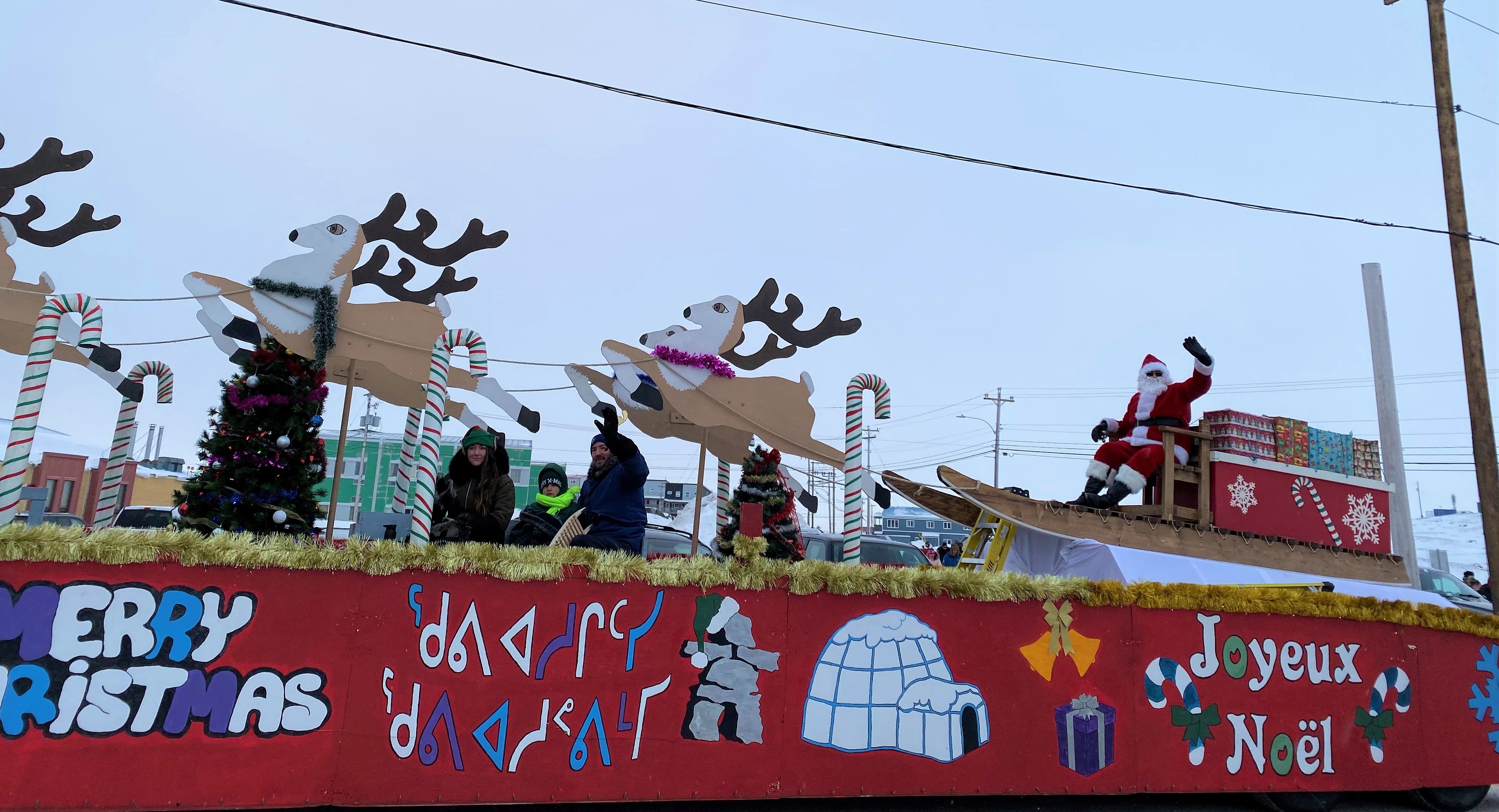The successes of early Europeans in the Americas undoubtedly depended on the help of the First Peoples, a fact we learn about and celebrate each Thanksgiving.
There’s often not enough attention placed on the assistance the Inuit gave to the adventurers who explored the Arctic, who gained vital knowledge on adapting to extreme temperatures and traveling across rugged landscapes.
Here we look into some famous moments in exploration that wouldn’t have been possible without the knowledge and guidance of the local Inuit.
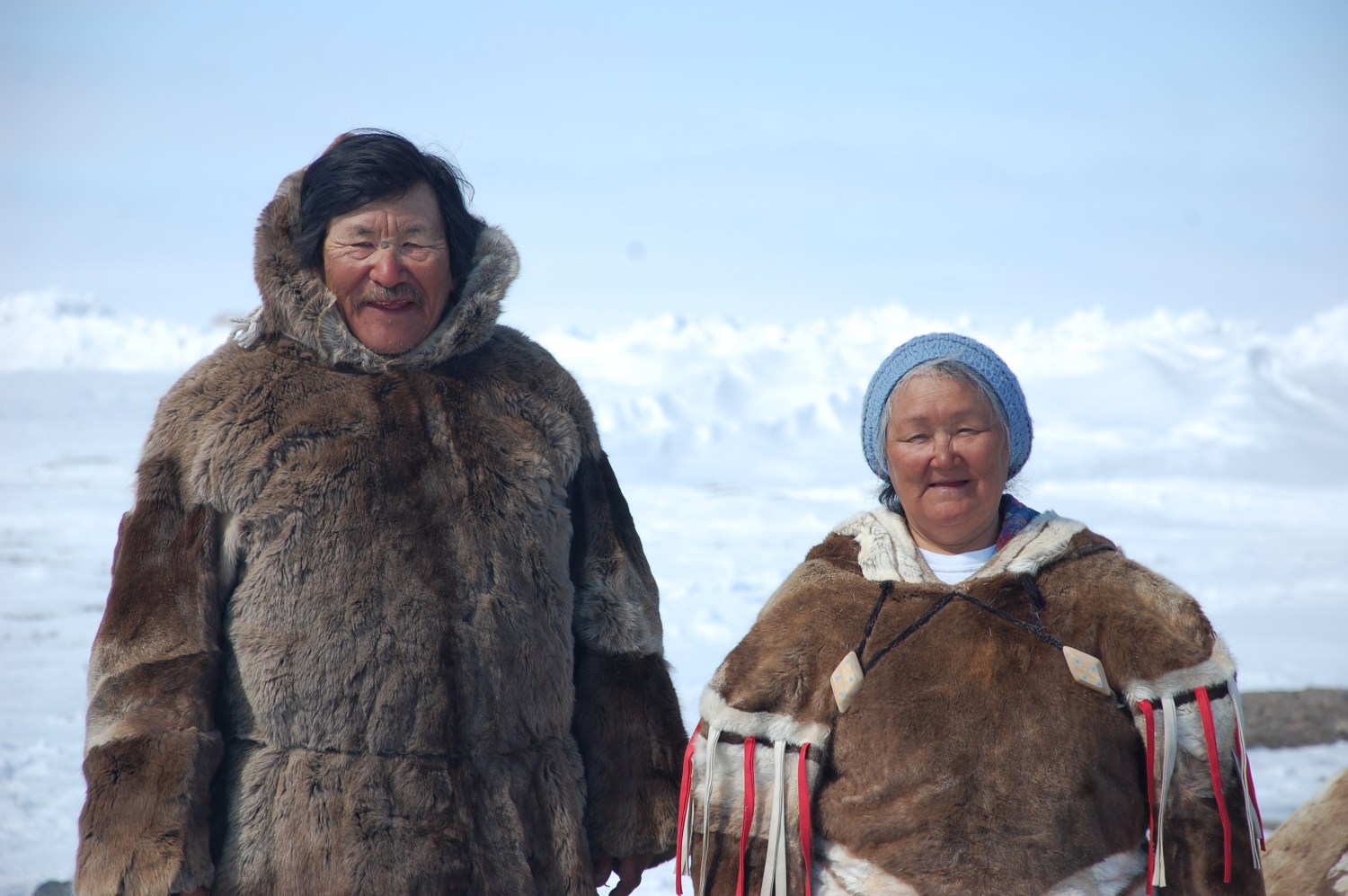
The North Pole
In 1908—1909, an expedition departed from Ellesmere Island, carrying what would be the first known humans to reach the North Pole — American explorers Robert Peary and Matthew Henson.
On their way to their departure site, they would stop in Cape York, Greenland, to recruit a team of Inuit to act as assistants. Whole families from the community would join the voyage, but the Inuit men would act as experienced aids. Their knowledge of Arctic adventures, travel and proficiency with extreme conditions made them invaluable. In total, 22 Inuit men, 17 women, and ten children would join the crew.
Peary's expedition crew would separate into smaller groups, with advance teams creating tracks to follow and establishing supply caches for the final team's return journey after reaching the North Pole.
More than being the most experienced assistants and crew someone could find for this mission, Peary and Henson had learned on previous trips from Inuit guides how to be successful on Arctic expeditions.
Henson quickly learned the Inuit language to engage in trade for precious supplies and support. Peary and Henson would also realize the benefits of wearing water-repellent animal skins rather than heavy woolen clothes.
The Inuit would also teach them how to build igloos for mobile housing and shelter from extreme conditions. One of the most important things that the Inuit would teach was the use of dog sled teams, with Henson becoming the only non-Inuit member of the North Pole expedition who could drive and train dog sled teams.
During the final portion of the expedition to the North Pole, Peary became unable to walk and had to ride in a sled. Henson would lead the team to their final destination with the help of the four Inuit guides.
It’s clear that without the knowledge Henson gained from the Inuit on Arctic survival and travel — or their team of dedicated Inuit guides — Peary and Henson would never have been able to reach the North Pole.
The Founding of Iqaluit
During World War II, the Allies were desperate for a better way to transport supplies to Europe. The German U-boats had been attacking naval supply convoys and creating supply delays, along with the enormous amount of money lost through the sunken convoys.
The problem with flying supplies was that it was a tremendous distance from North America to Europe, with few airplanes able to make that journey with refueling.
An idea emerged that if they could build airstrips in the Arctic, they could create a safer resupply route. While a team was scouting the area around Frobisher Bay, they became acquainted with an Inuk man named Nakasuk, who was a leader of a small group. He provided them with fish and was hired as their local guide.
The servicemen had begun to establish an airstrip site closer to the Davis Strait, but it was soon deemed unsuitable. They asked Nakasuk for advice, and Nakasuk led them to an ideal location next to the mouth of the Sylvia Grinnell River.
The site would be approved, and work quickly began on building the airstrip. Nakasuk would settle there permanently to assist servicemen and become the first permanent resident in what would become Iqaluit.
Today, Iqaluit is the capital of Nunavut and the largest community on Baffin Island. The airbase would continue to be used over the years, from the U.S. Air Force to a refueling station for Pan Am. The location of the airstrip is so optimal that it even became an emergency landing site for NASA's space shuttles.
The Discovery of Sir John Franklin's Ship
One of the most famous tales of the age of Arctic exploration surrounds the disappearance of British explorer Sir John Franklin's crew and ships. The expedition was an attempt to be the first to sail through the Northwest Passage, the sea route between the Atlantic and Pacific oceans via the Arctic Ocean.
Sir Franklin was a hero of the Napoleonic wars and a revered explorer. He’d been chosen to lead the greatest expedition of the time using new technologies and equipment, but people began to worry when he didn't return on schedule.
As time passed, the British Admiralty sent out operations to find and rescue the crew. When those came back unsuccessful, it fell to Sir Franklin's wife, Lady Jane Franklin, who personally commissioned five ships to search for her husband or discover what had happened.
Captained by Francis McClintock, the final ship found crucial evidence, meeting several Inuit families with relics and equipment from the lost expedition. The families had found the items in the snow on King William Island.
This first clue was far from where everyone else had been searching. Soon, McClintock's crew found more and more evidence that could start to paint a picture of what happened, with the help of stories from the Inuit. Without the assistance from these Inuit, Sir Franklin's final journey may have remained unknown.
The mystery of the sunken ships continued to fascinate researchers. They would continue to search using modern methods and technology, but it was only when they listened to Inuit testimonies that they would find what they were searching for.
By speaking to Inuit around the areas where McClintock found the relics, researchers discovered that testimonies about the destitute crew and ships had been passed down through generations.
The Inuit had been telling the story of hunters seeing one of the ships sink off the northwest coast of King William Island, while the other drifted southward into shallower water. Once they began to listen to the stories from the Inuit, they were able to almost immediately pinpoint the location of the ships that had been missing since 1846.
This demonstrates how the Inuit have been helping European explorers and modern North American researchers with their valuable skills and knowledge of the region. There’s no doubt that their knowledge is the key to success in Arctic exploration.
Today's Friendships and Partnerships
Arctic Kingdom has a long partnership with the Inuit communities we operate around and have made countless friends along the way. We work closely with local elders and community groups to ensure we’re following their wishes and policies and supporting the areas we visit.
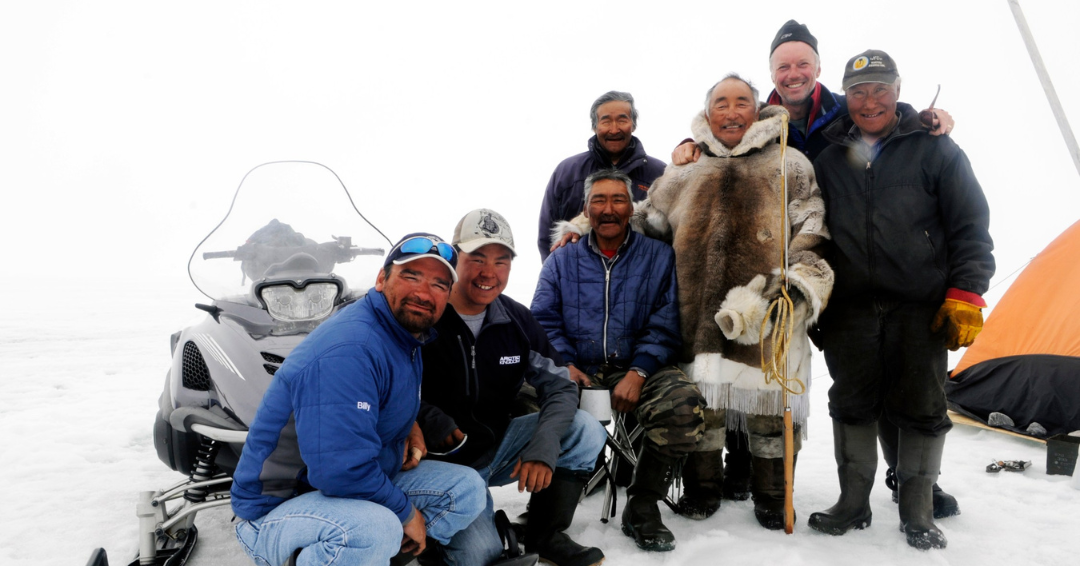
Our expedition guides are members of the community, and we acknowledge that the Inuit have a better understanding of the land and wildlife than any visitors.
We cherish the friendships we’ve made and are grateful for the chance to hear their perspectives and thoughts about the Arctic.
To understand how Arctic Kingdom works with the Inuit community and provide Arctic experiences led by Inuit guides, explore our website.
By: Mat Whitelaw



